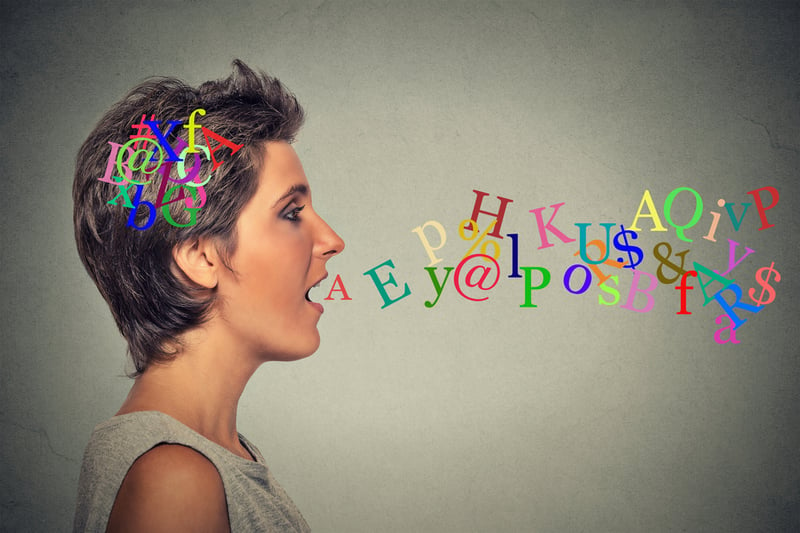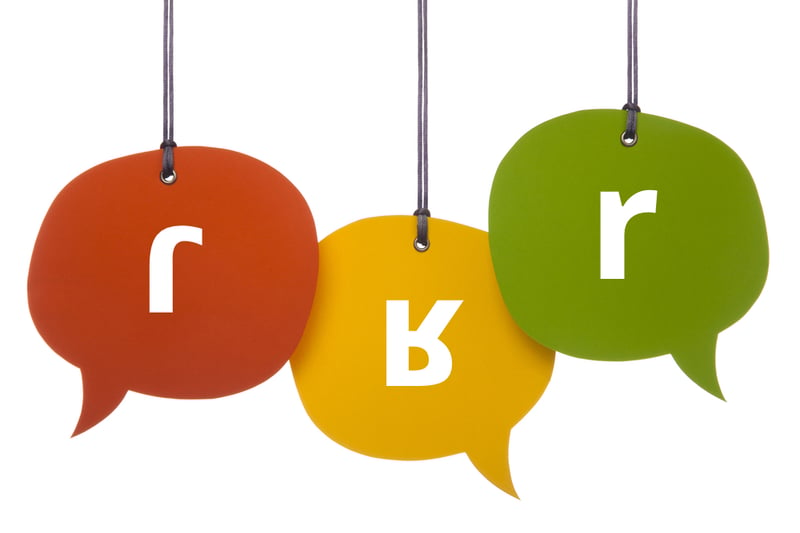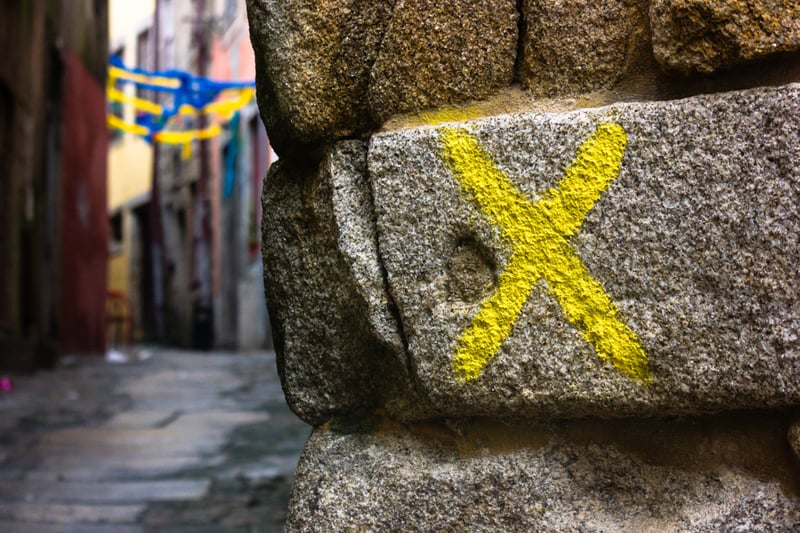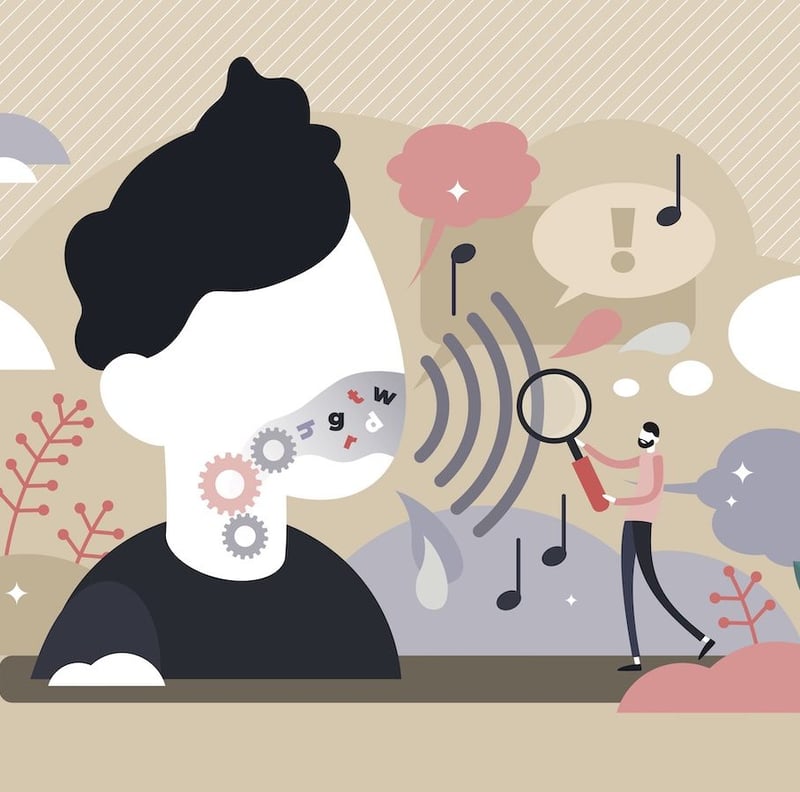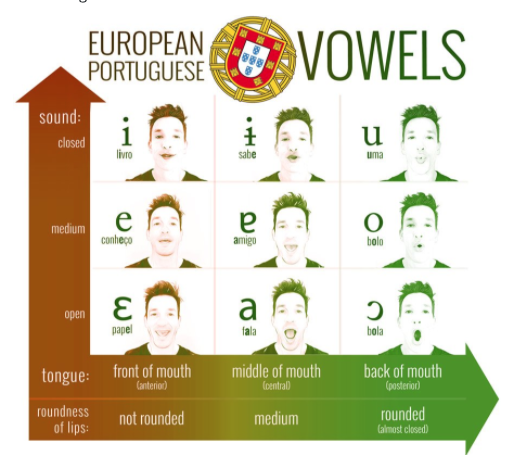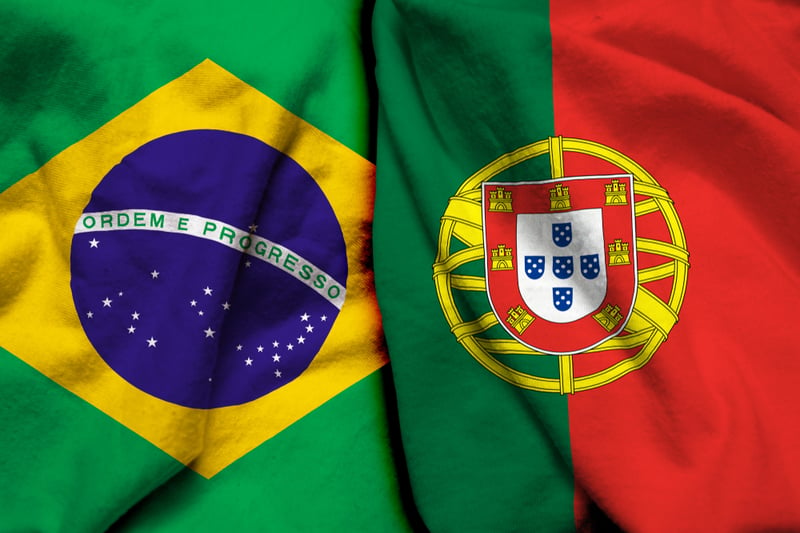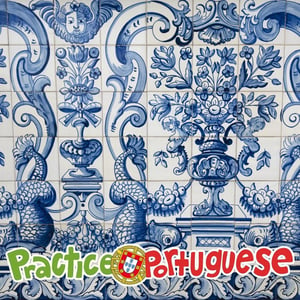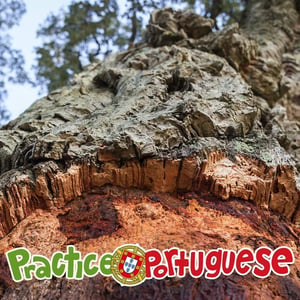Practice that tricky “lh” sound as Carlos tells Sara about his daily troubles. Try listening line by line and repeating the words containing ‘lh’ out loud.
Os Carvalhos do Vizinho
The Neighbor's Oaks
As Recordações Da Rita
Rita's Memories
The arrival of spring reminds Rita of the weekends spent at her grandparents’ farm. As you hear about her favourite memories, you can practice your “R” pronunciation and the pretérito imperfeito do indicativo tense.
Pronunciation Variations
After exploring the Pronunciation Guide for European Portuguese Vowels and Pronunciation Guide for European Portuguese Consonants, you probably had a better sense of how to pronounce the various sounds of Portuguese in isolation. However, when you listened for these sounds throughout the Units and in the Shorties, you may have heard some things you didn’t expect! […]
How to Pronounce R in European Portuguese
The Portuguese R is one of the more difficult sounds to master. We covered it briefly in our Pronunciation Guide to European Portuguese Consonants, but it deserves a bit more explanation! Pronunciation varies across different Portuguese dialects, so you will likely hear variations in the the R (as well as other sounds). We’ll focus on […]
Um Roubo e um Rombo
A Robbery And A "Leak"
Jorge tells Rute about all the bad luck he’s had lately. As a pronunciation challenge, see if you can notice all the similar sounding words (i.e. Minimal Pairs) spread throughout the dialogue.
A Fotografia Perfeita
The Perfect Photo
A photographer struggles to take the perfect photo. See how many minimal pairs you can find throughout the narrative.
Pronunciation of The Letter X in Portuguese
How Do You Pronounce the Letter X in Portuguese? The letter X is one of the most challenging sounds in Portuguese because the pronunciation rules are quite variable. Let’s hear what Sherlock has to say on the topic: To review, let’s look at the 5 groups of possible pronunciations:
Vamos Falar Algarvio!
In this article by Lena Strang, originally published in Tomorrow Magazine, she shares an inside look at the Algarvian dialect and how it complements the lively culture of the Algarve region of Portugal. Throughout the article, you can listen to examples of how Portuguese is spoken in the Algarve. Then, to explore the character and […]
Consonant Sounds and the European Portuguese Alphabet
Mastering the consonant sounds are essential to understanding and speaking European Portuguese. While many sounds are similar in English, there are a handful that are extra challenging to learn and pronounce, including “s”, “r”, “lh”, “x” and “z”. Check out the complete reference guide with audio examples here! Chapters: 00:00 Intro […]
Aula De Edição De Imagem
Image Editing Class
A teacher explains the basics of image editing to her class. While the students practice with tools and techniques, you can practice nasal vowels with all the words that end in -em, -am, -um, -im, and -om!
Pronunciation Guide for European Portuguese Consonants
Portuguese and English share a common alphabet, for the most part, and many of the sounds associated with each consonant are quite similar. If you’re a native English speaker, the pronunciations to pay special attention to are those associated with the vowels, which we will cover in a separate learning note, as well as […]
Pronunciation Guide for European Portuguese Vowels
It’s time to take a deep dive into the pronunciation of vowels in European Portuguese! First we’ll invite you to play around with this interactive guide and then we’ll cover all the factors that go into creating the variety of subtle variations between each vowel sound. Pronunciation of Vowels in European Portuguese Explore the guide […]
European vs Brazilian Portuguese
What’s the difference between European Portuguese vs Brazilian Portuguese? For starters, European Portuguese is the variant spoken in Portugal and is more similar to the dialects spoken in Africa and Asia. (It is sometimes called Continental Portuguese, or even Portuguese Portuguese! 😄 ) Given the size and population of Brazil, however, the Brazilian Portuguese set […]
Maratona de Leitura
Reading Marathon
Featured Shorty: “Diário de uma Quarent(o)ena II.”
A lot has happened, to say the least, since we last recorded a podcast episode!
We start out by challenging your comprehension with casual Portuguese conversation to get you up to speed on what’s been happening with us personally as well as in the world… since we know we are definitely your primary resource for all things COVID-19!
We spend the rest of the episode tweaking the pronunciation of our brave listeners who once again contributed their recordings. (Obrigado!)
We review the pronunciation of the different R, S, E, and O sounds, perfecting the cadence and flow of Portuguese sentences… plus, you’ll discover a word that even Rui has trouble pronouncing!
Segredos da Pronúncia Nativa
Secrets of Native Pronunciation
In this episode, we once again analyze record audio clips from our brave listeners! We listen to the Shorty, “À Busca de Doces“, and explore how to make your Portuguese sound more native with pronunciation subtleties and word choice. We also clarify some other challenging concepts, such as the differences between “aí, ali, & lá”.
Como Falam os Nossos Membros?
How Do Our Members Speak?
Today, the tables have turned, because YOU, (our listeners) are the main voices of this special episode! European Portuguese learners from around the world bravely submitted recordings of themselves reading our featured Shorty, “Um Encontro“.
We listen to each one, while suggesting subtle improvements for perfecting their pronunciation, including some challenging vowel sounds, and rules of the letter “S”, and more.
A BIG “thank you” to everyone who bravely submitted their recordings. Let us know if you enjoy this and we’ll do more of this in future episodes!
(Learn more about the pronunciation of the letter “S” here: The Letters “S” and “C”)
How to Pronounce ‘S’ in Portuguese
As is the case with most languages, the same letter can be associated with different phonemes — that is to say, the same letter can be pronounced in many different ways. You’ve probably noticed that Portuguese is no exception. In this guide, we’ll focus on S, Z, C, and Ç. We’ve grouped these together because […]
Minimal Pairs
Have you heard of Minimal Pairs? A minimal word pair consists of two words that vary by only a single sound. For example, and – the only difference is in the final sound (the vowel sounds represented by a and o). Practicing with Portuguese minimal pairs is a great way to perfect your pronunciation and […]
As Senhoras Que Bebem Cerveja
Ladies Who Drink Beer
In this episode, we deconstruct one of our latest “Shorties”. We go through some useful food vocabulary, discuss verb and tense choices, and Rui irons out Joel and Molly’s “estrangeiro” pronunciation! There’s also some exciting news about Practice Portuguese, especially for those of you who might be in the Algarve next weekend.
How to Pronounce the Letter X in Portuguese
Compared to some other languages, Portuguese pronunciation is relatively consistent, once you learn the rules. A huge exception to this idea lies the letter X, which is one of the most challenging sounds – even for more intermediate learners.
That’s because this letter can be pronounced in several different ways. To get started, let’s see what Sherlock has to say on the topic:
Regular -AR Verbs in the Simple Past
The English simple past tense (e.g. “I went”, “We ate”, “You finished”) corresponds to the Portuguese . As with the present tense, conjugating regular Portuguese verbs in this tense is easier once you learn the patterns for each verb group. Examples of some regular verbs in the -AR group include , , and . Let’s […]
O Azulejo Português
The Portuguese Tile
Today we learn about one of the most important symbols of Portuguese culture, found all over the walls and buildings throughout the country – azulejos (tiles). As always, we explore new vocabulary and grammar, and correct more of Joel’s “pronúncia de estrangeiro!”
A Tartaruga Ninja
The Ninja Turtle
Our fabulously fictional Portuguese family is back (with peculiarly different voices 😂) and this time, they’re considering adding a new member. We explore new vocabulary surrounding food, animals and more, and also run into some new usage examples of the conjunctive and conditional moods. And just like in the last episode, Rui continues to help Joel identify some more of his “estrangeiro” pronunciation habits!
Update (April 12, 2018): After launching this episode, it was helpfully pointed out to us that keeping a turtle as a pet is irresponsible: They die earlier in captivity and live a miserable, unnatural life. They’re part of our wildlife heritage and need their protected, natural habitat to thrive. Instead, consider adopting a cat or dog from a shelter – surprisingly, they’re less work, and you’ll be doing some good! More details here and here. (Obrigado, Joanna!)
A Rota da Cortiça
The Cork Route
In this episode, we learn about one of Portugal’s most important symbols and main exports: cork! We explore tons of new vocabulary, and later, for your benefit, Rui humbles Joel by tearing apart his pronunciation skills!







